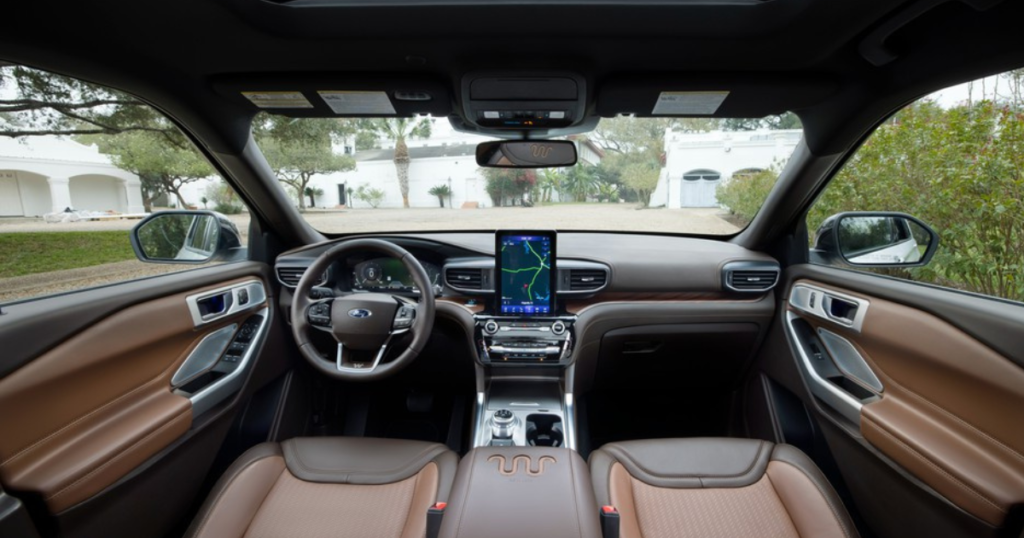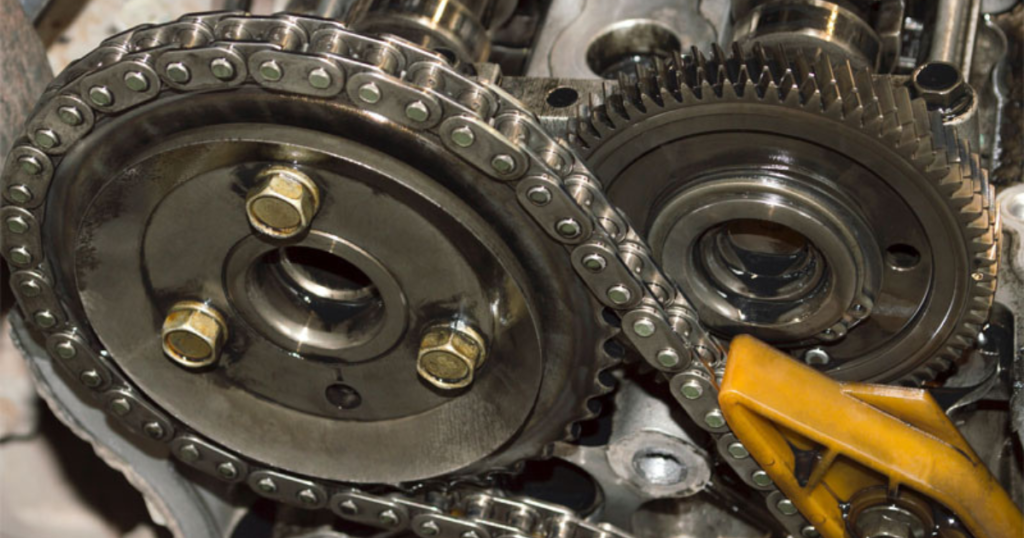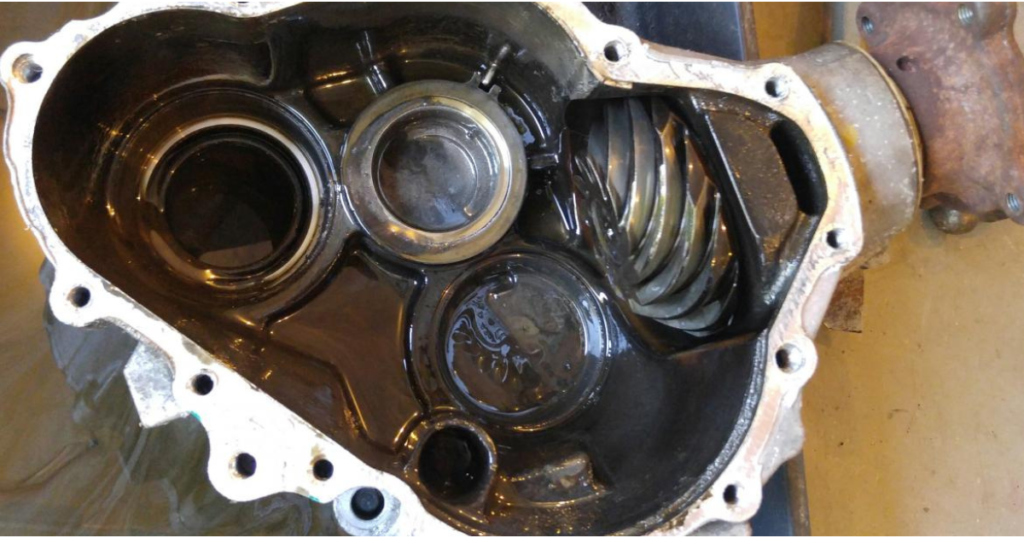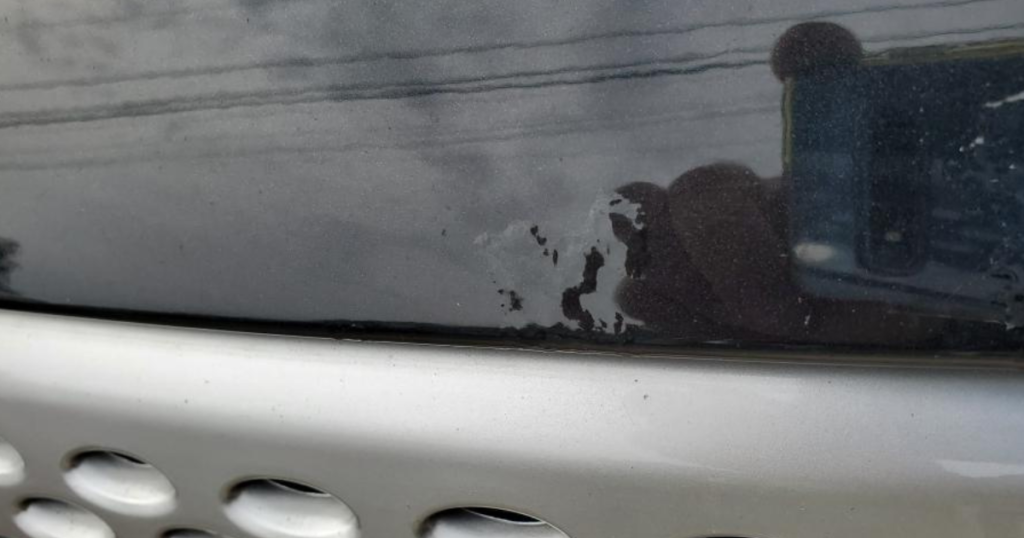
Ford emphasizes American-made quality and reliability across their brand. The SUVs they produced helped propel them to fame, but they’ve now moved focus to more conventional vehicles. Yet, they continue to produce fantastic SUVs like the Ford Explorer.
Ford’s tiny SUV with exceptional off-road performance, the Ford Bronco II, was replaced by the Ford Explorer in 1990. Ford’s original vision for the Explorer was for it to be a family-friendly vehicle with the design and stability of the Bronco II but still capable of handling rough terrain and daily commutes. You can find a wide variety of cuts to meet your requirements.
It debuted in 1990 as a 1991 model and continues to be a top vehicle on the roads today. The SUV’s maker calls it “the ultimate expedition vehicle.”
The Ford Explorer experienced a rising number of complaints from owners who have had concerns, including a malfunctioning powertrain, a potentially fatal suspension flaw, and other structural flaws.
Common Issues with Ford Explorer
Even though it is generally a dependable car, a few issues frequently arise. Drivers may have electrical problems, transmission problems, and so on, all of which are inconvenient. Many of these disorders, however, may be prevented or solved before they escalate into serious problems if adequate care and maintenance are provided.

Here, we’ll go through some of the most often reported issues with the Ford Explorer.
Issues with the Vehicle Structure
Problems with the building’s framework can affect Ford, too. There was a period of time, only a few years ago, when vehicles had door latches that were malfunctioning, leading to bogus “door ajar” alarms that created a lot of unnecessary stress, especially when children were safely buckled in the rear. The alerts, albeit scary, turned out to be only a technical glitch.
Another complaint claims that the liftgate to the cargo area opens unexpectedly whenever the customer is towards the back of the car (on either the left or right side). The key was always with the driver (in his pocket or handbag), and the keyless entry system was always disengaged.
Heater Stuck
The Ford Explorer allegedly overheats easily because the heater gets stuck at the maximum setting. When the heater’s mix door continues to malfunction, the heater will eventually stop working. If this actuator fails, you can probably envision the car’s interior temperature plummeting.
This issue manifests itself in an inability to adjust the temperature and a clicking noise emanating from the actuator motor. If you notice any strange behavior from your heater, it is best to get the blend door examined as soon as possible. If it’s broken beyond repair, get a new one. The price of a new heating system can range from $570 to $930.

Rough Idle and Stalling
The Ford Explorer has a number of potentially catastrophic issues, including a rough idle and stalling. This vacuum leak may be the result of the deterioration of the O-ring gaskets on the intake manifold. O-ring gaskets are the perfect lock because of their multipart sealing construction.
Air may readily enter the fuel and engine systems if a vacuum system is breached. The increased airflow causes the engine to malfunction. Investing in new gaskets for your intake manifold can set you back between $750 and $950.
Cracking Plastic Intake Manifold
The car’s coolant leaks when the plastic intake manifold breaks. Ford Explorers manufactured between 1997 and 2001 are particularly prone to this problem since their plastic intake manifold may easily become overheated. The coolant leak might set off the check engine light even if you’re going 5 mph slower than the limit.
A fracture on the top of the coolant route might be the source of the leak. Overheating the engine, especially at idle, is a common symptom of a coolant leak in an automobile. The intake manifold must be replaced, as there is no known solution to the problem. This will cost you $70 – $100 to fix.
Worn Timing Chain Cassette
The rattling sound coming from your car’s motor might be the result of a timing chain cassette that is old or broken. As compared to other solutions, this is one of the more affordable options. It requires only a new timing cassette and tensioner to be installed. The average cost of a solution for this condition is between $90 and $120.
Timing Chain Failures
From 1997-2010, the Explorer was powered by a 4.0-liter V6 SOHC engine known for its brittle timing chain guides. By the end of 2003, Ford revised and strengthened the timing chain guides to prevent further early failures.
Newer models of the Ford Explorer and Ford Ranger still have guides composed of plastic. Therefore, this problem can arise after 100,000 miles.

Water Pump Leaks
Internal water pumps in the normally aspirated Duratec and the turbocharged EcoBoost 3.5-liter V6 engines in the fifth-generation Ford Explorer caused catastrophic engine breakdowns when they leaked.
Loss of Power Steering
If the power steering fails, the vehicle becomes extremely difficult to navigate and is essentially undrivable at low speeds. Steering wheel grinding or rubbing sounds might indicate a problem with the steering rack. There will be a full loss of power steering if this continues.
There were several instances of water leaking into the cabin of the fifth-generation Ford Explorer (2011-2019). The most typical source of water damage is the seat belt in the third row, which drips into the trunk and can even flood it.
All-Wheel Drive PTU Failure
The PTU (Power Transfer Unit) is a part of the powertrain that is responsible for the all-wheel drive system, and it is prone to failure in the fifth-generation (2011-2019) Ford Explorer.
Nonetheless, several owners have reported PTU breakdowns at extremely low mileage despite Ford’s claims that the unit doesn’t require service and utilizes lifetime fluids. Given its proximity to the engine and the catalytic converter, PTU fluid soon becomes fried and deteriorated, rendering it ineffective for lubricating the PTU’s gears and components.

Hood Paint Issues
The hood paint on many fifth-generation Ford Explorers has been criticized for bubbling and flaking, even among brand-new vehicles. The Ford Explorer has a lightweight aluminum bonnet, which is weak and easily damaged by the elements.
While aluminum doesn’t rust as steel does, the paint might start bubbling or peeling once corrosion sets in, leaving the car looking worn and unattractive.

Door Panel Bubble
There have been several reports of bubble formation on the door panel of the fifth-generation Explorer caused by the upholstery peeling away from the adhesive. In extreme circumstances, the upholstery on the door panel might crack and split as it dries out and loses its pliability.
Consumer Complaints
The gravity of the problem is underscored by the fact that a complaint was lodged regarding the bolt. For “a very serious physical issue with all 20-22 Ford Explorers,” a software change isn’t good enough, according to one Virginia owner.
He said the problem was resolved because of a software patch that would restrict power to prevent acceleration from straining the bolt. Ford opted to remove the second bolt from every Explorer, putting extra pressure on the remaining bolt. Ford should issue a recall and have the subframe bolted back on as it was intended.
A Florida owner has lodged a complaint claiming that the necessary item to fix the driveshaft connection problem is unavailable three months after being notified of the recall.
Is the Explorer worth buying?
Ford Explorer reliability is a widely contested topic. The current 2022/2023 Ford Explorer is a fantastic SUV in most regards, but the expected dependability was just 1.0 out of 5.0 in Consumer Reports’ evaluation. These figures are much lower than the segment average compared to the findings of the surveys conducted for the 2020 and 2021 models.
The Ford Explorer certainly deserves consideration as a high-quality three-row SUV. Ford has fixed the gearbox issues that plagued Explorer in the past. Despite the Explorer’s poor image, it’s on the upswing.
Its owners highly regard the driving and handling characteristics of the Explorer. As a family accommodation, it scores highly for both comfort and space. You won’t have to worry about bumps in the road, and the wind noise is minimal. It also receives great marks for both its exterior and interior aesthetics.
It appears that Explorer’s worth is its primary drawback. More standard features and higher-quality inside materials would be appropriate for the list price. Don’t allow the product’s tumultuous history to dampen your enthusiasm for the next model.

FAQs
How long does Ford Explorer last?
A Ford Explorer should easily endure for at least 200,000 kilometers. The typical American drives 15,000 miles yearly, meaning the average car will be owned for at least 13 years. However, the Explorer’s lifespan in recent years has been marred by a wide variety of problems.
As a result, the Explorer is said to only endure for about 100,000 miles in the most problematic model years and generations. This is relatively low compared to a car’s average lifespan. Hence, you must be careful when purchasing an Explorer to ensure you acquire a more dependable one.
Where is the Ford Explorer made?
The Ford Explorer is manufactured at a wide variety of plants all over the world due to its widespread appeal. The Ford Louisville Assembly Plant in Kentucky and the Ford St. Louis Assembly Plant in Missouri, both of which have since closed, used to produce Explorers for the North American market.
The Ford Chicago Assembly Plant now manufactures the Explorer’s eighth generation. The Changan Ford assembly factory in Chongqing, China, is another location where the Explorer is built. Formerly, Ford also assembled the Explorer in Russia and Venezuela (respectively, for the Russian and South American markets).
What years of the Ford Explorer should be avoided?
The Ford Explorer has been around for decades, but there are a few particularly troublesome model years. Ford Explorers from the years 2002, 2003, 2004, 2005, and 2006 are generally considered to be the weakest of the group. In particular, staying away from vehicles from the 2002 model year is better.
Problems with the transmission were the most common complaint about these vehicles. Other issues include its suspension, transmission, color, body, engine, and more. Some of these issues may manifest at lesser mileage, which is bad enough, but fixing them may be quite expensive.
Conclusion
It’s common knowledge that Ford’s Explorer had a shaky beginning. An increasing number of SUV owners have complained about issues with the gearbox and the vehicle’s rapid decline in visual quality. It is amazing how Ford uses innovation to solve these issues plaguing the Ford Explorer.




